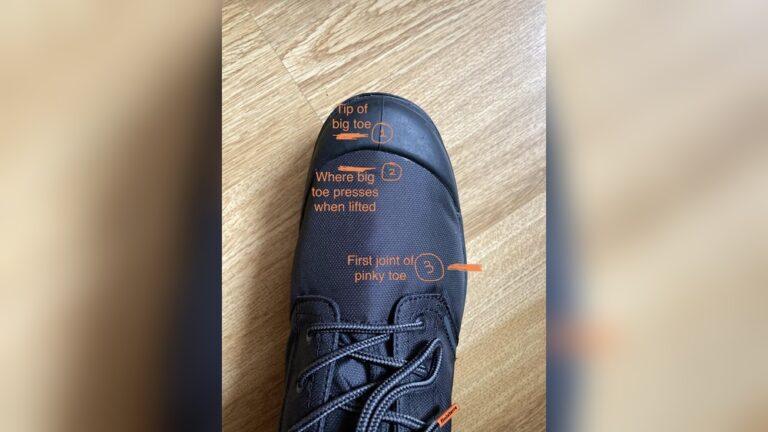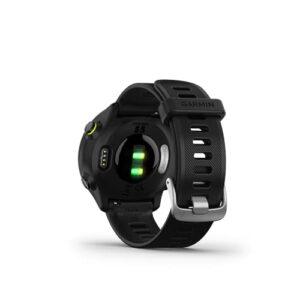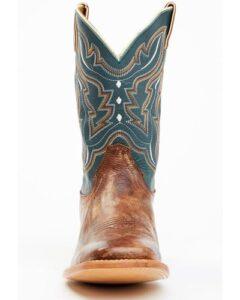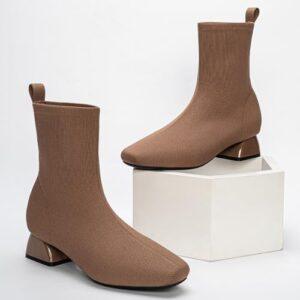Are you unsure if your boots fit just right? Wearing boots that are too big might seem like a minor issue, but it can cause discomfort, blisters, and even affect the way you walk.
You might notice your foot sliding forward, your heel lifting with every step, or extra space that makes the boots feel loose and baggy. How can you tell for sure if your boots are too big before they cause problems?
You’ll discover simple signs to watch for and easy tests you can do right now. Keep reading to learn how to make sure your boots fit perfectly, so every step you take feels comfortable and secure.
Heel Slippage
Heel slippage happens when your foot moves up and down inside the boot. This movement means the boots might be too big. It makes walking uncomfortable and can cause blisters. Watch for signs of heel slippage to keep your boots fitting well.
Signs Of Heel Lift
Heel lift feels like your heel rises when you walk. You may hear a rubbing sound at the back of the boot. Notice if your foot slides forward inside the boot. These are clear signs your boots do not fit snugly.
Testing Heel Movement
Wear your boots and stand up straight. Try to lift your heel without moving your toes. If your heel lifts more than a quarter inch, the boots are too big. Another test is to walk and check if your heel slides up and down.
Risks Of Excessive Slippage
Too much heel slippage can cause blisters on your heel and foot. It reduces stability and makes walking harder. This slipping can lead to foot pain over time. Proper fit helps avoid these problems and keeps you comfortable.

Credit: www.reddit.com
Toe Movement And Space
Toe movement and space in boots play a key role in comfort and fit. Boots that are too big allow your toes to slide and move excessively. This causes discomfort and affects your walking stability. Proper toe room ensures your feet stay secure without feeling cramped. Below are signs to watch for that show your boots might be too big.
Toes Sliding Forward
If your toes slide forward inside the boots, the fit is loose. This slipping causes your toes to hit the front of the boot. It often happens when walking or running. Sliding toes lead to blisters and soreness. Boots should hold your foot firmly with little forward movement.
Toe Jam On Downhill Walks
Toe jam occurs when your toes hit the boot’s front during downhill walking. This impact feels uncomfortable and painful. It shows the boots are too large for your feet. Properly fitting boots prevent your toes from banging inside. A slight gap should exist, but not enough to cause toe jamming.
Ideal Toe Room
Ideal toe room offers space for your toes to wiggle slightly. Usually, a thumb’s width of space between your longest toe and the boot’s end works well. This space prevents pressure while keeping your foot stable. Too much room means your foot moves too much. Too little room causes tightness and discomfort.
Overall Fit And Feel
Understanding the overall fit and feel of your boots is key to knowing if they are the right size. Boots that are too big often cause discomfort and affect your walking. Pay attention to how the boots feel on your feet during normal use. The right fit should feel snug but not tight, giving your feet enough room to move comfortably without slipping.
Loose Or Baggy Sensation
Boots that feel loose or baggy usually indicate they are too big. You might notice extra space around your foot inside the boot. This can cause your feet to slide around, leading to blisters and soreness. A loose fit makes walking unstable and less safe. Always check for a secure fit without excess room.
Ankle And Instep Support
Good boots support your ankles and instep firmly. If your boots do not hold these areas well, they may be too large. Lack of support causes your foot to move inside the boot, increasing the risk of injury. Proper support keeps your foot stable and comfortable, especially during long walks or hikes.
Foot Movement Inside Boot
Notice how much your foot moves inside the boot. If your foot slides forward or side to side easily, the boots are too big. Movement inside the boot can cause friction and blisters. Your heel should stay in place with little to no slipping. A tight fit around the foot prevents excessive movement and improves comfort.
Lacing And Fit Indicators
Lacing and fit indicators reveal much about boot size. Proper lacing shows how well boots hug your feet. Boots too big often have loose laces and extra length. Fit issues appear when laces can’t tighten the boot securely. Observing these signs helps decide if boots fit right or feel too large.
Excessive Lace Length
Long, loose laces suggest boots may be too big. Extra lace length appears when boots do not fit snugly. When you tie your boots, laces should sit comfortably. If you have to wrap laces multiple times, boots might be large. Excess lace length often means there is too much space inside.
Adjusting For Secure Fit
Try tightening laces to improve fit and reduce movement. Boots that remain loose after lacing are likely too big. Secure lacing keeps the foot stable and prevents slipping. If your heel moves up and down inside, boots need better fit. Properly adjusted laces help keep boots comfortable and safe to wear.
Sizing Tips
Finding the right boot size matters for comfort and safety. Boots too big can cause blisters and slips. Use these sizing tips to avoid problems and wear boots that fit well from the start.
Choosing Half Sizes
Half sizes offer a better fit than whole sizes alone. Boots that are slightly too big can be fixed with thicker socks. Slightly too small boots may cause pain and should be avoided. Always try half sizes to find the perfect balance.
First-time Comfort Importance
Boots should feel comfortable the first time you wear them. They should not pinch or allow your foot to move freely inside. Comfort on day one means less chance of the boots being too big or small. Trust your initial feeling over hoping they will stretch.
Breaking In Vs Too Big
Breaking in means boots feel snug but not loose. Boots too big allow your foot to slide forward or side to side. Heel slippage over ¼ inch is a sign the boots are too big. Breaking in improves fit, but it does not fix loose boots.

Credit: www.youtube.com
Common Problems From Big Boots
Wearing boots that are too big can cause several problems. These issues affect comfort and foot health. It is important to recognize these problems early to avoid long-term damage.
Blisters And Foot Pain
Big boots cause your feet to slide inside. This movement creates friction against the boot’s interior. Friction leads to painful blisters and sore spots. Over time, foot pain may develop in the arches and heels. These problems make walking uncomfortable and tiring.
Reduced Stability
Loose boots do not hold your feet firmly. This lack of grip reduces balance and control. You may feel unstable on uneven surfaces or slippery ground. Reduced stability increases the risk of falls and injuries. Properly fitting boots provide better support and safety.
Impact On Walking Style
Boots that are too large change how you walk. You might take shorter or uneven steps. Your feet may slap the ground harder than usual. This altered walking style can strain muscles and joints. It may also cause fatigue faster than normal.
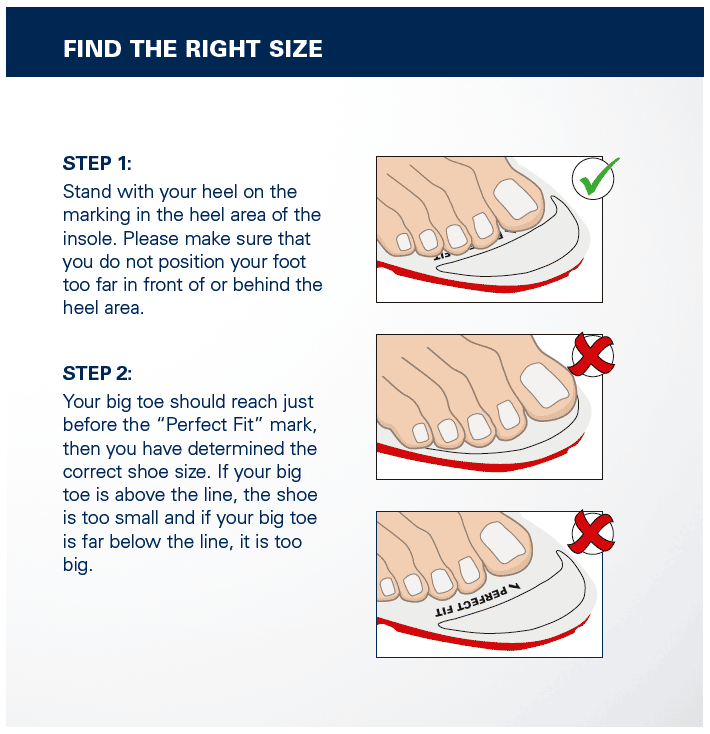
Credit: www.haixusa.com
Frequently Asked Questions
How Do I Tell If My Boots Are Too Big?
Your boots are too big if your heel lifts over ¼ inch, toes hit the front, or feet feel loose when walking.
Is It Okay If Boots Are A Little Big?
Boots slightly big may cause heel lift, toe sliding, and discomfort. Choose boots that feel secure with minimal movement for best fit.
How Do You Know If The Boots Are Too Big?
Boots are too big if your heel lifts over ¼ inch or your toes hit the front when walking downhill. Excessive space and loose laces also indicate poor fit. Proper boots fit snugly with minimal heel movement and about half-inch toe room without sliding.
How To Know If Boots Are Too Big Or Small?
Boots are too big if your heel lifts over ¼ inch or toes hit the front when walking downhill. Boots are too small if toes feel cramped or cause pain. A proper fit secures the heel and leaves about half an inch of toe space without slipping.
Conclusion
Wearing boots that are too big can cause discomfort and affect your walking. Watch for heel slipping and toes hitting the front. Extra space in the boots means they might not fit well. A snug fit keeps your feet secure and comfortable.
Choosing the right size helps prevent blisters and foot pain. Always test your boots by walking a few steps. Properly fitting boots support your feet all day long. Don’t ignore signs of poor fit; your feet will thank you.

Madison Clark is a footwear expert and the voice behind MyStyleGrid.com. She specializes in honest shoe reviews, style tips, and practical guides to help readers find the perfect pair for any occasion. With years of experience in blogging and content creation, Madison makes footwear knowledge simple, stylish, and easy to follow.

